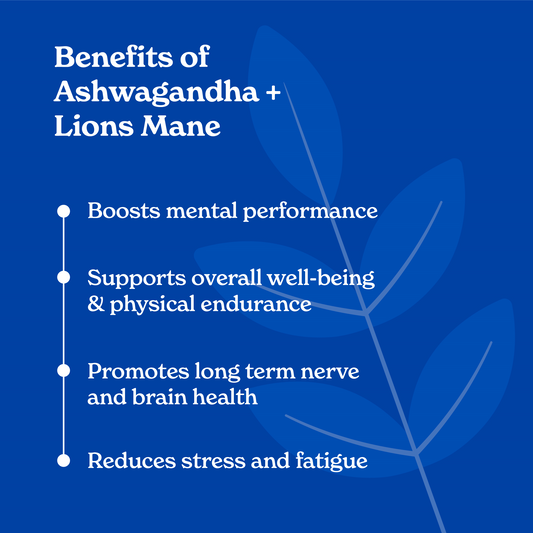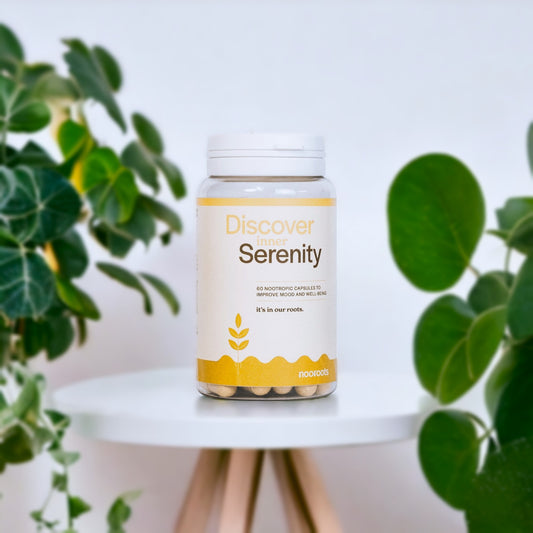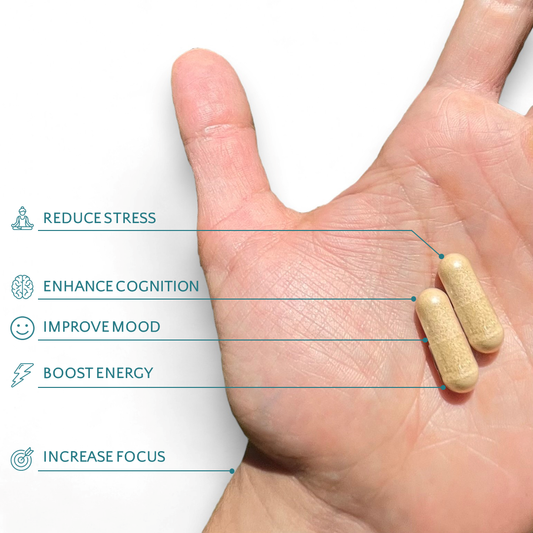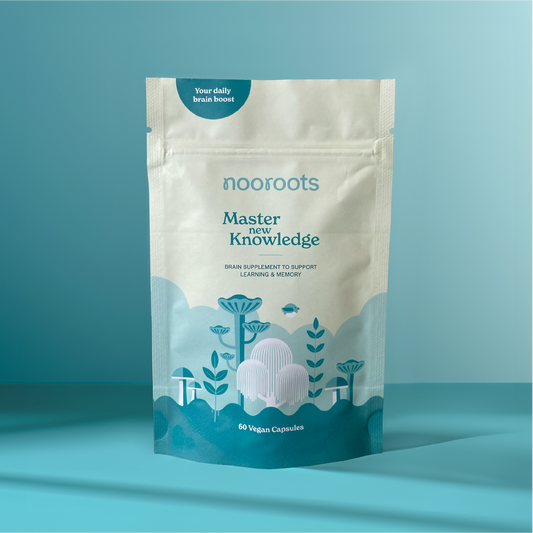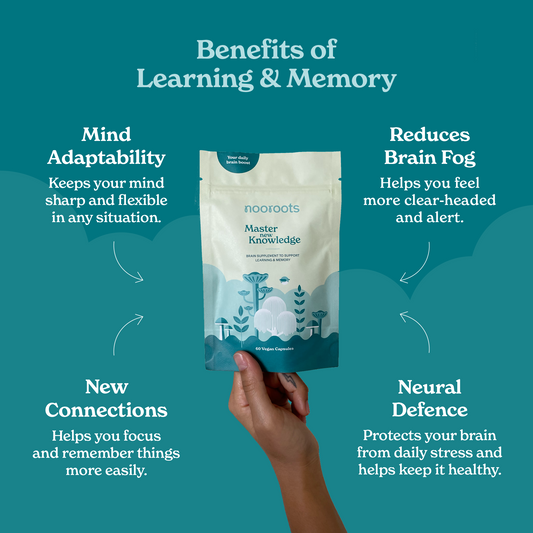Expert Writer and Contributor ✓
About the Author
Charlotte was awarded a Master of Science degree in chemistry from the University of Bristol. She is currently completing a PhD at the University of Leeds.
About the Contributor
Mus was awarded a Master of Science degree in Medical Biotechnology and Business Management from the University of Warwick.
The discovery of Vitamin B2 (Riboflavin) dates back to the Victorian era. 1872 to be exact. An era that was defined by new ground-breaking thoughts, ideas and change.
Afterall, a mere 13 years before Vitamin B2 (Riboflavin) discovery, Charles Darwin published his famous works on The Theory of Evolution. Excitement (and controversy) was in the air.
However, in this not so far away time, medical and human nutritional research was much less advanced than it is today. Perhaps an obvious statement. But for context, Listerine –originally intended an antiseptic - was not invented by Joseph Lister until 1879 (can you imagine how unclean hospitals were before this!).
While there was revolution in some scientific fields, others, like human nutrition, severely lacked meaningful progress. However, this did not stop aspiring scientists to pick up the torch of scientific progress and march forward.
In fact, Darwin was not the only naturalist pushing new ideas at the time. An English schoolteacher and amateur naturalist by the name of Mark Alexander Wynter-Blyth was performing research with cows milk and noticed something peculiar. There was a yellow-green fluorescent glow when the liquid was exposed to light.
Excitement was back in the air again. But it would not be for another few decades until scientist really understood that mysterious glow Mark stumbled on was Vitamin B2 (Riboflavin).
Contents
- What is Vitamin B2 (Riboflavin)?
- Vitamin B2 (Riboflavin) Deficiency
- Vitamin B2 (Riboflavin) Benefits
- Vitamin B2 (Riboflavin) Mechanism of Action
- Vitamin B2 (Riboflavin) Side Effects
- Recommended Dosages of Vitamin B2 (Riboflavin)
- Best Natural Food Sources of Vitamin B2 (Riboflavin)
Vitamin B2 (Riboflavin): A Health Guide to Safe and Effective Supplementation

What is Vitamin B2 (Riboflavin)?
Riboflavin is another name for vitamin B2, part of the family of B-vitamins that are essential for maintaining and protecting our bodies. It is critical for our metabolism and energy levels, and it has anti-inflammatory and antioxidant properties.
In 1872, Alexander Blyth observed a yellow, fluorescent pigment in milk. In the 1930s, after the discovery of thiamine (vitamin B1), this pigment was characterised as riboflavin1,2!
As a water-soluble vitamin, riboflavin travels around in our bloodstream. However, it can’t easily be stored, meaning that we need to replenish our vitamin B2 every day in our diets or through supplements3.
Vitamin B2 (Riboflavin) Deficiency
Riboflavin deficiency is known as ariboflavinosis and can be the cause of many symptoms. The primary symptoms include:
- Inflammation of the lips, tongue, and mouth lining3,4
- Cracked lips and dry skin3
- Iron deficiency, even leading the anaemia in severe cases4
Vitamin B2 (Riboflavin) Benefits
Riboflavin, whilst providing its own function, also aids the function of other vitamins such as vitamin A folate. Some of the beneficial effects include:
- Muscle tone and exercise capability: Vitamin B2 provides improved energy production in cells4.
- Enhanced cognition: Protects cells against oxidative stress, which has been linked to the onset of neurological disease1.
- Migraine prevention: Research has shown that riboflavin can reduce the frequency and severity of migraines5.
- Protecting against anaemia: B2 helps with iron absorption in the body4.
Vitamin B2 (Riboflavin) Mechanism of Action
In the body, riboflavin is converted into two important compounds that are vital for energy production in cells. These compounds work with mitochondria (the powerhouse of the cell) to improve metabolism and energy storage in our muscles3,4!
Research into the effect of ariboflavinosis found deceased glutathione levels in brain tissue. Glutathione protects neurons against lipid peroxidation (where cell membranes are attacked and damaged by free radicals). Riboflavin is needed to increase glutathione, providing brain boosting effects by protecting our neurons1!
Riboflavin also teams up with folate (vitamin B9), to lower the blood plasma concentration of homocysteine. High levels of homocysteine are associated with nervous system damage. It is especially harmful to our brains that are more sensitive to homocysteine. Riboflavin therefore protects our nervous system and is a cognitive enhancer4,6,7!
Vitamin B2 (Riboflavin) Side Effects
Rare and extremely mild side effects have been associated with riboflavin, some people may experience the following:
- Nausea
- Bright yellow coloured urine8
Recommended Dosages of Vitamin B2 (Riboflavin)
The Nutrient Reference Value (NRV) for Vitamin B2 (Riboflavin) is 1.4mg (milligram). No formal safe upper limit (SUL) have been established for Vitamin B2 (Riboflavin) due to the lack of evidence associating negative effects with high riboflavin intake. However, intake above 400mg is considered high risk.
Learn More About NRV and SUL
The NRV and SUL are two values assigned to vitamins and minerals that are designed to provide guidance on how much of a specific nutrient can be consumed.
NRV can be defined as the amount of a specific nutrient needed to adequately meet known nutritional deficiencies. Whereas the SUL is the highest level of nutrient intake that is likely to pose no risk of bad health effects for almost all individuals in the general population.
It is very safe to consume levels of nutrients greater than the NRV as long as the intake is below the SUL.
At nooroots, we take both these values into consideration when performing research and product development. We work with our scientists and partners to select a nutrient level that is both safe and effective.
Best Natural Food Sources of Vitamin B2 (Riboflavin)
Here are the top 10 foods rich in Riboflavin:
- Beef
- Fortified Tofu
- Low-Fat Milk
- Salmon
- Mushrooms
- Lean Pork Chops
- Spinach
- Almonds
- Avocados
- Eggs
*data sourced from My Food Data
Conclusion
Queen Vitoria's rule over the British Empire provided stability for 100 million's peoples around the world. In the same era, scientific discovery shook the very bedrock of society. Mark Alexander Wynter-Blyth helped create a small tremor by identifying Vitamin B2 (Riboflavin) as a fluorescent pigment in cow’s milk.
Building on Mark’s observation, research by several scientist in the following decades established Vitamin B2 (Riboflavin) as a key nutrient in the human diet. Benefits shown in both brain and body include: energy production, boosting of brain function, migraine prevention and protection against some health conditions like Anaemia.
Riboflavin is safe in large doses and no safe upper limit has been set. High doses (above 400mg) may cause some mild unpleasant side effects.
For those interested in taking the first step, our Learning & Memory Nootropic Supplement at Nooroots offers a carefully formulated introduction to the world of cognitive enhancement—crafted to support both clarity of mind and balance of mood.
Learn more about the other vitamins, minerals and plant extracts we use to give your brain a daily boost
Evidence
- Ashoori, M.; Saedisomeolia, A. Riboflavin (Vitamin B2) and Oxidative Stress: A Review. British Journal of Nutrition 2014, 111 (11), 1985–1991. https://doi.org/10.1017/S0007114514000178.
- Northrop-Clewes, C. A.; Thurnham, D. I. The Discovery and Characterization of Riboflavin. Ann Nutr Metab 2012, 61 (3), 224–230. https://doi.org/10.1159/000343111.
- Vitamin B2: Role, sources, and deficiency. https://www.medicalnewstoday.com/articles/219561 (accessed 2022-05-09).
- Depeint, F.; Bruce, W. R.; Shangari, N.; Mehta, R.; O’Brien, P. J. Mitochondrial Function and Toxicity: Role of the B Vitamin Family on Mitochondrial Energy Metabolism. Chemico-Biological Interactions 2006, 163 (1), 94–112. https://doi.org/10.1016/j.cbi.2006.04.014.
- Namazi, N.; Heshmati, J.; Tarighat-Esfanjani, A. Supplementation with Riboflavin (Vitamin B2) for Migraine Prophylaxis in Adults and Children: A Review. International Journal for Vitamin and Nutrition Research 2015, 85 (1–2), 79–87. https://doi.org/10.1024/0300-9831/a000225.
- Moat, S. J.; Ashfield-Watt, P. A. L.; Powers, H. J.; Newcombe, R. G.; McDowell, I. F. W. Effect of Riboflavin Status on the Homocysteine-Lowering Effect of Folate in Relation to the MTHFR (C677T) Genotype. Clin Chem 2003, 49 (2), 295–302. https://doi.org/10.1373/49.2.295.
- Ganguly, P.; Alam, S. F. Role of Homocysteine in the Development of Cardiovascular Disease. Nutr J 2015, 14, 6. https://doi.org/10.1186/1475-2891-14-6.
- RIBOFLAVIN: Overview, Uses, Side Effects, Precautions, Interactions, Dosing and Reviews. https://www.webmd.com/vitamins/ai/ingredientmono-957/riboflavin (accessed 2022-05-11).



